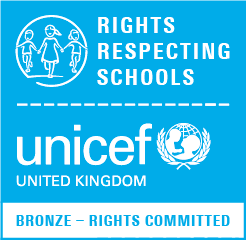Parents' E-Safety
The internet is an integral part of children's lives; it opens up many educational and social opportunities, giving them access to, quite literally, a whole new world of information, communication with others, and experiences.
However, the internet also has very real risks, to which we, as parents, educators and carers, may not have been exposed to as children. We need to educate, protect and empower young people to help them stay safe online. However, to be able do this, we ourselves need knowledge.
This page contains a number of helpful guidelines and tips from the National Academy, aimed at parents and carers who wish to help young people stay safer online.
- Apple I-Pads
- Artificial Intelligence Safety
- Bluesky App
- Boosting Reading Skills with Technology
- Emojis
- Family-rules-for-using-devices
- Fortnite
- Health Fitness Apps
- instagram-2025
- JusTalk Kids
- Live streaming
- Making Friends Online
- Marvel Rivals
- Mental Health Apps
- Minecraft
- Nintendo Switch 2
- OfCom Media Report 2025
- Online Relationships Dating Apps
- QR Code Scams
- Risks of In Game Chat
- Risks of Instagram
- Risks of Lego Fortnite
- Risks with Final Fantasy 14
- Roblox
- Safety on Social Media
- Scams Fake News
- Search Engine Websites
- Snapchat
- Spending Saving
- TikTok
- Using and reviewing Parental Controls
- Violent Online Content
- Whats App
- YouTube Kids
- Zepeto














